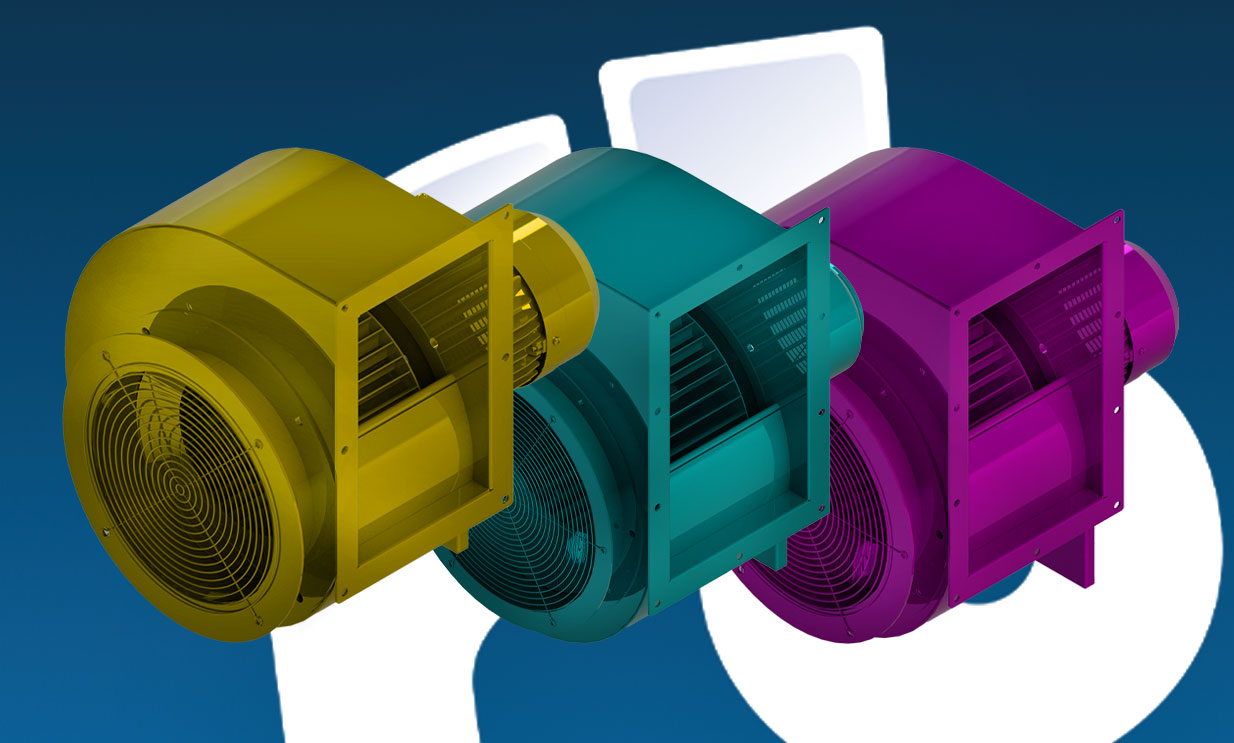


News
18.11.2025
Energy consumption in commercial buildings continues to rise—driven by increased ventilation demands, stricter indoor air-quality standards, and the need for improved occupant comfort. As a result, facilities teams are prioritising energy-efficient HVAC equipment, with axial fans playing a central role in reducing operational costs.
This guide explains how energy-efficient axial fans work, the benefits they provide, and what engineers and building managers should consider when selecting the right model for their application.
Axial fans move air parallel to the fan shaft, allowing large volumes of airflow with relatively low power input. The energy efficiency of an axial fan is determined by several key design features:
Modern blade profiles—often aluminium or composite—are shaped to reduce turbulence and increase airflow per watt.
Many energy-efficient commercial axial fans use:
Correct sizing, optimised ductwork, and proper inlet/outlet transitions ensure the fan operates at its peak efficiency point.
Using EC motors or VSDs (variable-speed drives) allows the fan to adjust airflow based on demand—minimising wasted energy during off-peak periods.
HVAC systems can represent up to 40% of a building’s total energy consumption. Efficient axial fans reduce electrical usage without compromising airflow, helping businesses meet sustainability targets.
Higher airflow performance ensures:
Advanced impeller and motor designs minimise noise levels—critical for environments like:
Energy-efficient fans reduce:
This makes them ideal for long-term commercial HVAC strategies.
Energy-efficient axial fans are widely used across many building services applications, including:
Providing fresh air intake and continuous exhaust to maintain healthy, balanced airflow.
High-performance axial fans help control fumes and maintain safe CO levels.
Large open spaces benefit from high-volume, low-energy airflow solutions.
Used in ceilings, rooftops, and ventilation shafts to ensure reliable comfort cooling.
When specifying an axial fan, engineers should consider:
Correct fan duty ensures optimal performance without oversizing, which wastes energy.
EC motors offer the best efficiency at variable loads.
Larger diameters and optimised blade angles improve efficiency for commercial environments.
Consider:
Ensure the fan meets relevant requirements such as:
Fans and Blowers Ltd offers a complete range of high-efficiency axial fans engineered for demanding commercial and industrial applications. Benefits include:
Whether upgrading an existing HVAC system or specifying equipment for a new commercial building, their axial fans deliver long-term reliability and energy savings.
Return To NewsKeep up to date with our
Our Range


Worldwide shipping
International standards
High performance

